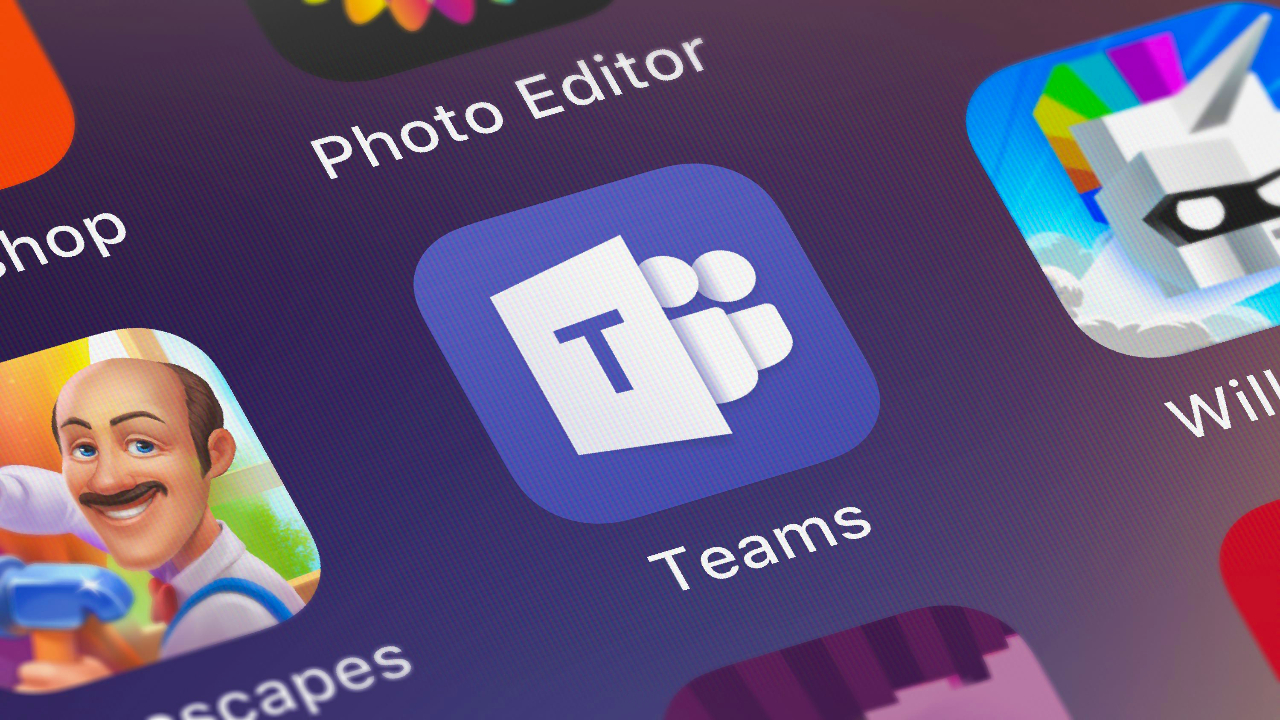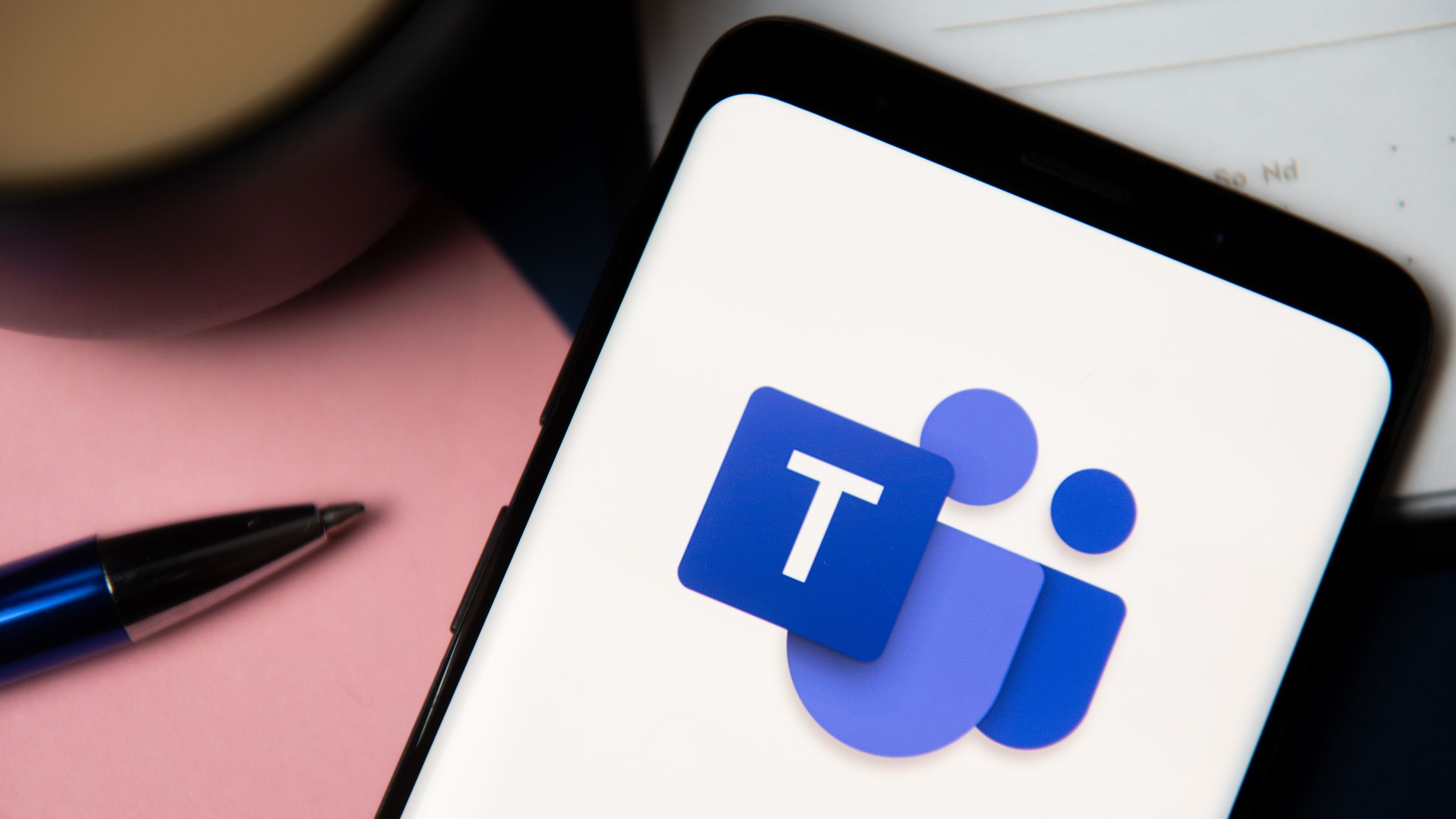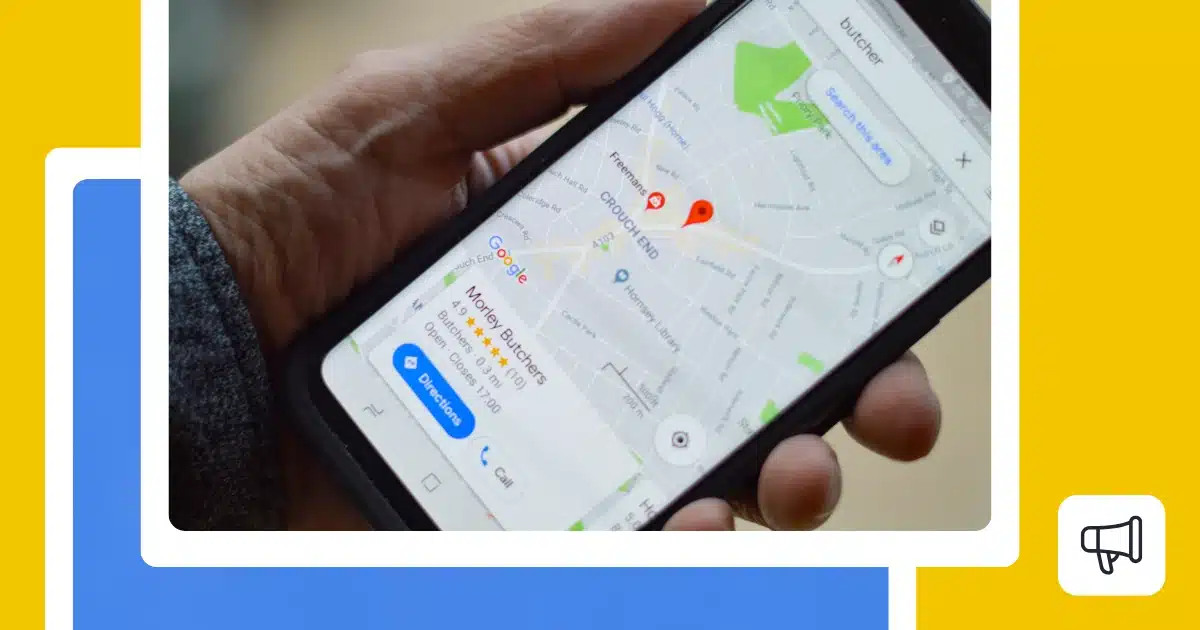Microsoft Teams is about to deal a heavy blow to those who like to work from home for peace and quiet. In a new feature update rolling out December 2025, the platform will track a worker’s location using the office Wi-Fi, to see whether you’re actually there or not.
From a boss’ perspective, this would eliminate any of that confusion as to where your team actually is. But for those people who have found their own sanctuary of peaceful productivity by working from home, consider this a warning that Teams is about to tattle on you.
How does it tattle?
As per the Microsoft 365 roadmap: “When users connect to their organization’s Wi-Fi, Teams will automatically set their work location to reflect the building they are working in.” And the location of that worker will apparently update automatically upon connecting.
Not much more detail is given, but I can try to fill in some gaps here.
There’s already an option in Teams to set your work location, which is (for now) being used to help identify where you are in, say, a large office or a campus. It’s my suspicion that this could be automated based on Wi-Fi details like IP address, to change based on what your system is connected to.
Looking back at the roadmap, this is set to launch both on Windows and macOS, and the rollout starts at the end of this year. “This feature will be off by default,” reads the announcement — good news for those who have non-techie bosses. But “tenant admins will decide whether to enable it and require end-users to opt-in.” Ouch.
What can we learn from the history of skipping the office?

Well, the main thing this brings to mind is an Amazon tactic that emerged after the pandemic. There was a big move to get people back to working in the office, and Amazon staffers who weren’t happy with that could change their SSID (home Wi-Fi name) to match the company’s official office network.
Now, do not take this as advice to do the same! It’s highly likely that a more advanced application like Teams has a more advanced check going on here, such as making sure your device has an IP address that matches the corporate office network, or checking the MAC address of the router.
Given the way this announcement is worded, though rather vague on the details on how it’s done, it seems like SSID spoofing won’t do the trick here. But you do have some time, as this Teams update is still in development — set to launch in December. Maybe don’t tell your boss.
Follow Tom’s Guide on Google News and add us as a preferred source to get our up-to-date news, analysis, and reviews in your feeds. Make sure to click the Follow button!
More from Tom’s Guide
Back to Laptops










